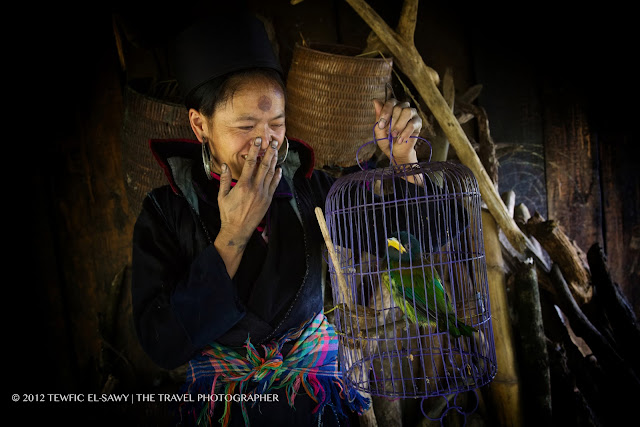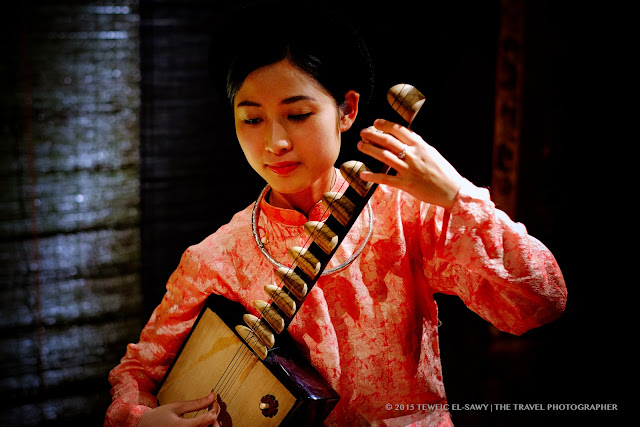The Passion For Travel Photography | Shanghai

Well, my Shanghai Photo Talk is prepared and ready to go. It will include 137 photo slides, which will be accompanied by 25 pages of talking points and explanations. I timed the photo talk to take about 98 minutes excluding the live translation. Hence my absence from updating my blog for over a week. I suspect I will be unable to connect to the blog when I'm in Shanghai from March 26 to April 10. It will be held on March 31, a few days after my arrival in Shanghai. It is to be hosted by the Imaging Group 's IG Photography Art Gallery, a large building that includes IG Studio and the Shanghai Museum of Antique Cameras, founded by Mr Chen Haiwen ; a master photographer as well as a the recipient of the highest photography award in China twice in a row and Vice Chairman of the Shanghai Photography Association.


